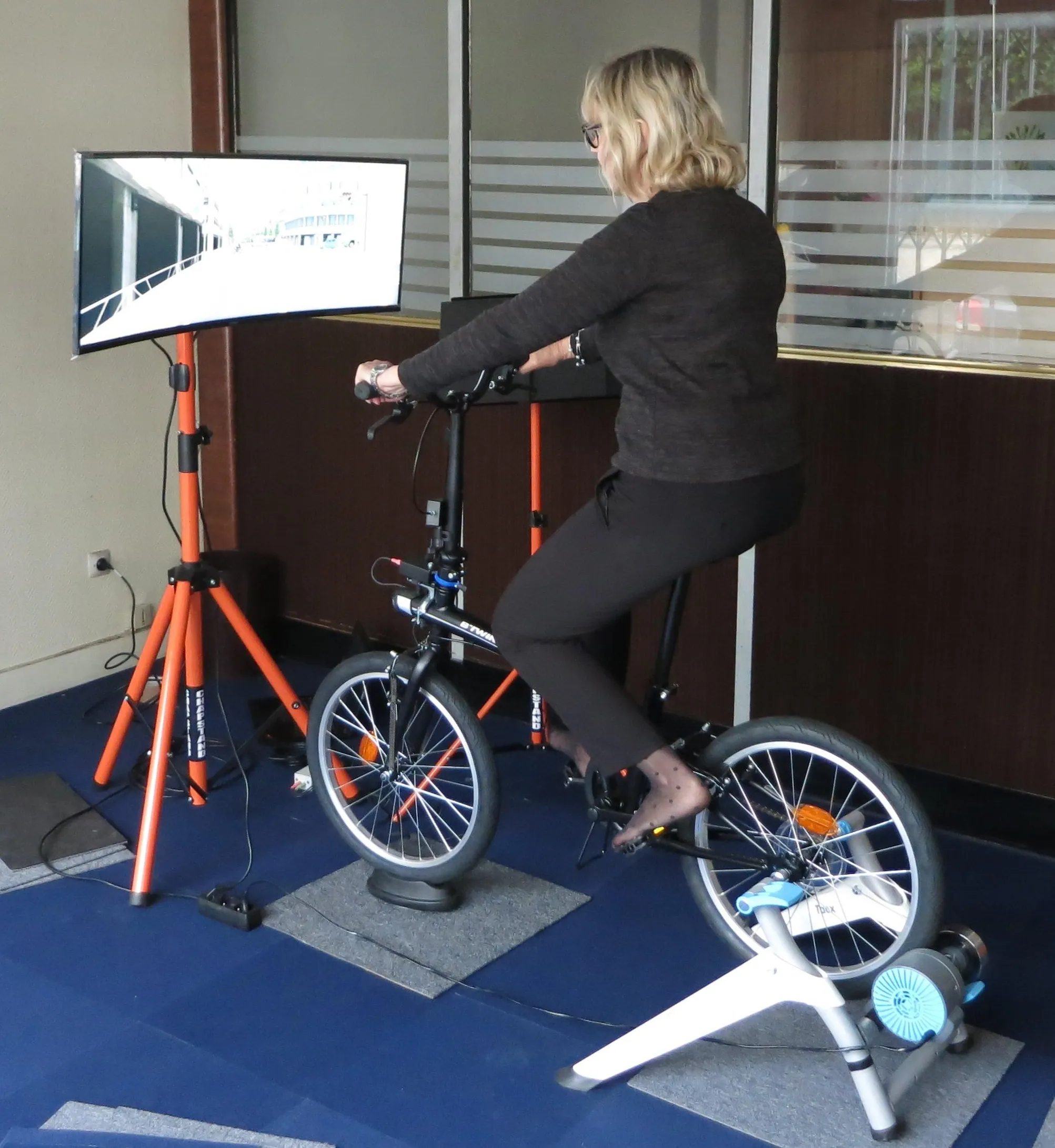
Morgan State University in the US has installed a Forum8 cycling simulator at its Safety and Behavioral Analysis Center to research vehicle and cyclist behaviours.
The simulator is from Japanese 3D simulation software manufacturer Forum8.
It will help investigate and collect data on interactions between drivers and cyclists under varied road and traffic conditions, said the Safety and Behavioral Analysis Center (SABA), located in Baltimore, north-eastern US.
In 2018, 857 cyclists were killed in the US as a result of a road traffic accident, according to the latest data from the US National Highway Traffic Safety Administration.
The SABA research project aims to find out what can be done to help prevent bicycle injuries and deaths, many of which can be avoided if motorists and cyclists follow the rules of the road and watch out for each other, notes the university.
The team, within the university’s Department of Transportation and Urban Infrastructure Studies, has been conducting research into a range of specific driver behaviours.
These include texting while driving, reactions to variable message signs and driving when using GPS in variable traffic and weather conditions.
The new research using the Forum8 cycle simulator will simulate a road network.
SABA is recruiting at least 30 people from the Baltimore area who will act as the drivers and riders for the duration of the project.
Data captured during the trials, such as speed, steering-control and braking, will be available in a detailed report.
The goal is to improve road safety training for drivers and bikers as well for highway engineers responsible for improving road layouts and signage.









